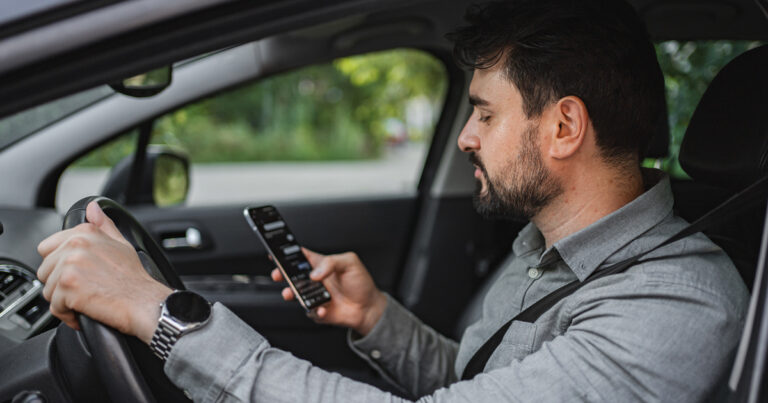The rise of pet technology products and the availability of Wi-Fi have made it easier for dog and cat owners to keep their companions safe and healthy. Mobile pet-sitting apps, automated tools, wearable GPS trackers and virtual fences have changed the way pet owners monitor and care for their animals. A family considering adopting a dog or cat or wanting to enhance their pet’s life should read on to discover how the latest devices can help.
How Is Technology Changing What Is Popular in the Pet Industry?
Pet products that are compatible with smartphones and internet-enabled devices are gaining popularity because the technology that drives these complex tools is intuitive and easy to use. With pet care apps and wireless plug-and-play devices, people no longer need to be tech-savvy to get the latest pet gadgets up and running.
1. Pet-Sitting Apps
Finding a reliable pet sitter used to be difficult, especially for a busy dog or cat owner, but apps have simplified this process. Now a person can get in touch with a neighborhood pet sitter or dog walker with a few clicks on his or her smartphone. Rover and Wag are two pet-sitting apps that allow owners to browse available caretakers for dog boarding, walking, training or drop-in visits.
Apps for Lost Pets
Finding a lost pet without technology is a challenge, if not impossible. Microchips are a pet technology product that has made reunification easier. A professional at a pet shelter or animal clinic needs only to scan the chip embedded under an animal’s coat to find the owner’s information. While some microchip scanning apps are available for non-professional use, these can be unreliable and vets have a much easier time accessing microchip databases.
It is important to understand that microchips are not tracking devices and cannot be used to monitor dog or cat locations via an app. When a pet is lost and cannot be tracked, the owner should instead use an app like PawBoost to notify fellow users to be on the lookout for the missing animal. The American Society for the Prevention of Cruelty to Animals (ASPCA) also offers guidance for owners of lost pets on its mobile application.
2. Virtual Veterinarian Services
Keeping companions healthy is a top priority and many pet technology products, including smartphone apps, can help owners manage appointments and find health resources. Some animal clinics offer pet care apps that support virtual veterinarian visits. An excellent app for pet owners is the Red Cross Pet First Aid app, which provides how-tos and resources for pet-related emergencies.
3. Wearables and Smart Collars
The invention of smart collars has helped the lines of communication to caretakers by providing location coordinates when they are lost and health metrics when they are sick. Owners appreciate the convenience of pet care app notifications and the ability to check in on their furry friends from anywhere. The two main uses for these collars are for health monitoring and location tracking.
Health Monitors for Pets
A veterinarian might recommend an owner get a smart collar to monitor a pet’s health issues. These let the vet check in on health conditions in real time. An owner can use a smart collar to check in on a pet’s condition, such as its body temperature or respiratory rate when walking in warm weather or engaged in vigorous activity. Other trackers, like step counters and heart rate monitors, can help humans understand whether their pets’ lives are too sedentary or if feeding is adequate for their activity levels.
Location Trackers for Pet Safety
Owners of pets with a proclivity to wander ought to consider outfitting their best friends in collars with GPS tracking. Smartphone apps linked to GPS collars are some of the best technologies to help owners find lost animals because these programs can pinpoint locations and direct users to the pet. GPS collars can also be used with virtual fence technology, which is a popular pet product that creates boundaries without underground wires or physical fencing. GPS tracking apps often require a subscription fee, but these are cost-effective solutions for areas where fencing is not an affordable option.
4. Pet Cams
Even though many home security systems include cameras, pet owners might want to consider adding pet cameras designed to monitor four-legged friends. These devices connect to the internet and transmit a live feed through a pet care app and some offer motion-activated recording. Pet cams also include functions to remotely control treat dispensers or laser toys to reward good behavior or entertain frisky felines. The two-way sound lets an owner hear whether the dog is barking and a person can speak into the smartphone to soothe a lonely companion or correct negative behavior.
5. Automated Pet Care Tools
Smart home automation is no longer a trend exclusively for humans. Several pet products are emulating household tools to keep pets safe and healthy. These gadgets feature sensors and timers to detect pets or situations and initiate a programmed response, like adjusting environmental conditions or dispensing a treat. Some of the best pet care tech to automate tasks includes:
- Programmable Pet Doors: These entrances read an animal’s microchip before opening, keeping out rogue wildlife and neighborhood dogs and cats.
- Smart Litter Boxes: The self-cleaning and health-monitoring capabilities of a high-tech litter box reduce manual upkeep while keeping the area hygienic for pets and people.
- Feeding Stations: These smart feeders can dispense kibble based on a schedule and auto-refill water bowls to keep pets hydrated.
- Enclosure Monitors: Reptile tanks and enclosed habitats need to be maintained at certain temperatures and humidity levels; these sensors can relay the environmental stats to the owner’s smartphone to ensure the pets are safe.
With all of the emerging technologies in pet care products, it can be hard to know where to start. Upgrading to a fast home internet connection and a reliable smartphone can ensure pet care technology and apps work seamlessly. Visit FTC.net for more details today.




